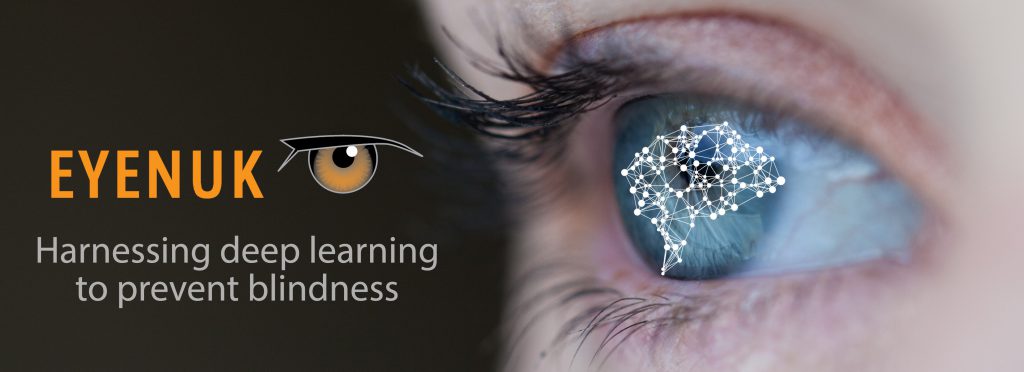There is a lot of talk about the use of “deep learning” in the screening and identification of diabetic retinopathy (DR) lately. “Deep learning” is familiar to many in the tech industry, but is a relatively new concept in eye care. In very simple terms, deep learning is attempting to bring technology closer to artificial intelligence, where, using algorithms and models, technology tries to mimic the neural networks of the brain to make machines smarter. In our world, this means developing technology that makes the screening and identification of DR more precise and easier, making eye care practices more efficient and enabling practitioners to find and help more critical DR patients.
While recent early studies using deep learning to identify DR have shown great promise, it’s important to note that deep learning is not something new; in fact, it’s already being used today commercially to screen and identify DR. EyeArt is our deep learning technology that, in combination with our other patented technology, provides fully automated DR screening – including imaging, grading and reporting – in one short office visit with greater sensitivity than human graders.
The technology has been years in development, has been independently-vetted in studies by National Health Services (NHS), UK, and received the CE Mark earlier this year. Its deep learning approach has enabled the technology to reach 90+% in both sensitivity and specificity for identifying referable DR, and as high as 98.5% sensitivity in identifying potentially treatable DR in clinical studies with large cohorts of patients. The deep learning technology behind EyeArt is incredibly complex, but it results in reports and insights that are designed to be easy to read and act upon.
Our technology utilizes multiple fields of view from both eyes to ensure we capture a larger area of the retina (back of the eye). This is clinically very important, as testing only using one field per eye and capturing a limited 45-degree view could miss lesions that ultimately lead to blindness.
The Early Treatment of Diabetic Retinopathy Study (ETDRS) established what is widely considered the best available clinical reference standard for classifying DR, comparing stereo-photographs in 7 standard photographic fields with a given patient’s findings in those same 7 photographic fields. EyeArt has been evaluated against gold standard ETDRS grading on 7-field stereoscopic images from the DRCRNet and achieved over 94% sensitivity for identifying referable DR in 3-field images (subset of 7-field images) at a specificity of over 85%.
We have also set all our clinical studies in a demanding, real world setting using consecutive images captured in everyday practice, without cherry picking readable-only images. Images deemed as unsuitable for grading by the EyeArt system were considered as refer and included in evaluating the system performance. In fact, the technology is designed to be flexible enough to work with these everyday images and with most imaging protocols used in screening today.
Deep learning has already shown in the real world and in a commercial setting that it can be tremendously valuable in DR screening and identification, as demonstrated by the achievements of our proprietary EyeArt technology. We fully support further development of deep learning technology in order to find critical DR patients that need help, right now.
[Brain Network picture created by Bob Holzer from Noun Project.]

